North Shore backlash over two-way tolling recommendation for Sydney Harbour Bridge, tunnel
A controversial proposal to implement a two-way toll on the Harbour Bridge has been labelled ‘postcode warfare’ by critics on the north shore – but a mayor in Sydney’s heavily tolled southwest believes those living north should ‘suck it up’.
North Shore
Don't miss out on the headlines from North Shore. Followed categories will be added to My News.
A controversial proposal to implement a two-way toll on the Harbour Bridge has been labelled “postcode warfare” by critics on the north shore over claims motorists living north of the harbour will be forced to pay more in tolls to bankroll toll relief in the city’s west.
But a mayor in Sydney’s southwest has hit back at the criticism – saying western Sydney motorists already cop some of the world’s highest toll charges and believes residents of the north shore should “suck it up”.
The independent Toll Review, overseen by former Australian Competition and Consumer Commission chairman Allan Fels, was handed to the government with a recommendation for new northbound charge across the Sydney Harbour Bridge and Tunnel, as well as the Eastern Distributor.
The revenue raised from a northbound charge would be put into lowering tolls across the rest of Sydney’s motorway network – particularly in the west.
Roads Minister John Graham last month said there was “a strong case” for the northbound charge and supported a “more equitable approach to the toll burden”.
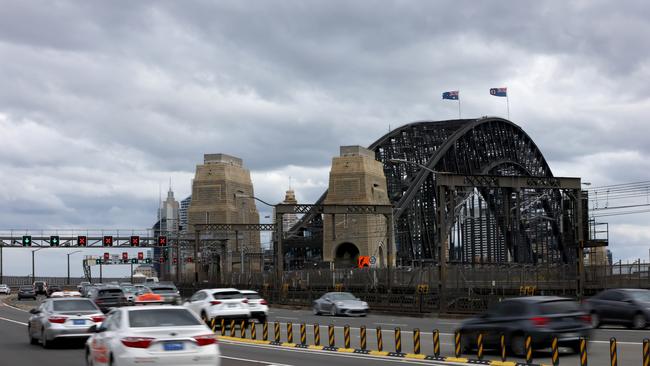
Local and state politicians on the north shore have lambasted the recommendation due to concerns it would unfairly slug motorists who use the bridge and harbour tunnel to access the CBD.
At a Mosman Council meeting this week, councillors will consider a motion to “reject the proposal for two way tolling” and to seek “a dialogue with the government to discuss equity for our residents”.
Councillor Roy Bendall – who put forward the motion and is running for mayor at the upcoming council elections – accused the government of targeting blue ribbon state electorates.
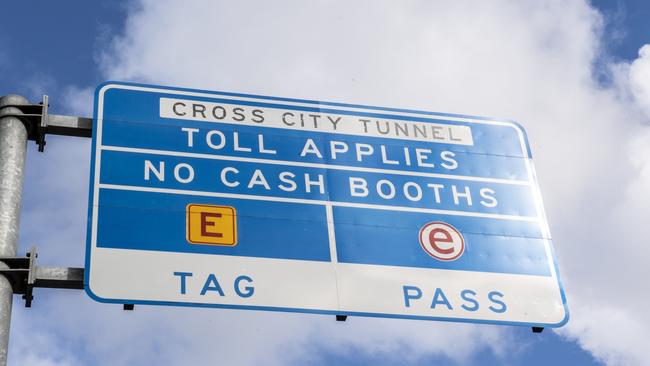
“It’s going from a user pay model to a social, political policy where we hit communities in the north as a way of giving cash to Labour electorates out west,” he said.
“The government has always taken a pop at Mosman and this is no different.
“The cost of living crisis is hurting all communities, yet we are being asked to further subsidise infrastructure – not on a user pay system but an electoral system.
“When you consider the current tolls on the bridge, it’s already the most expensive tollway to travel per metre in Sydney.”
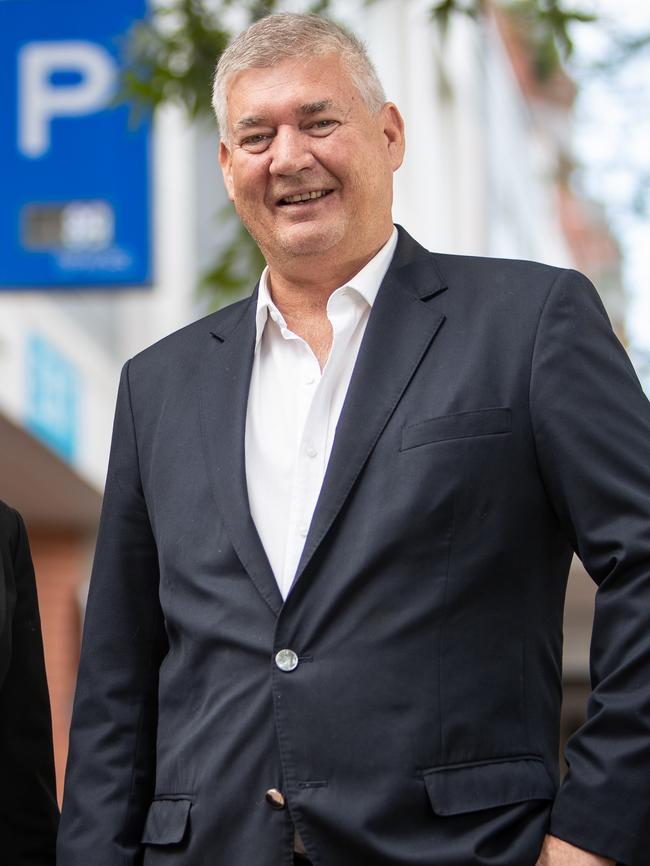
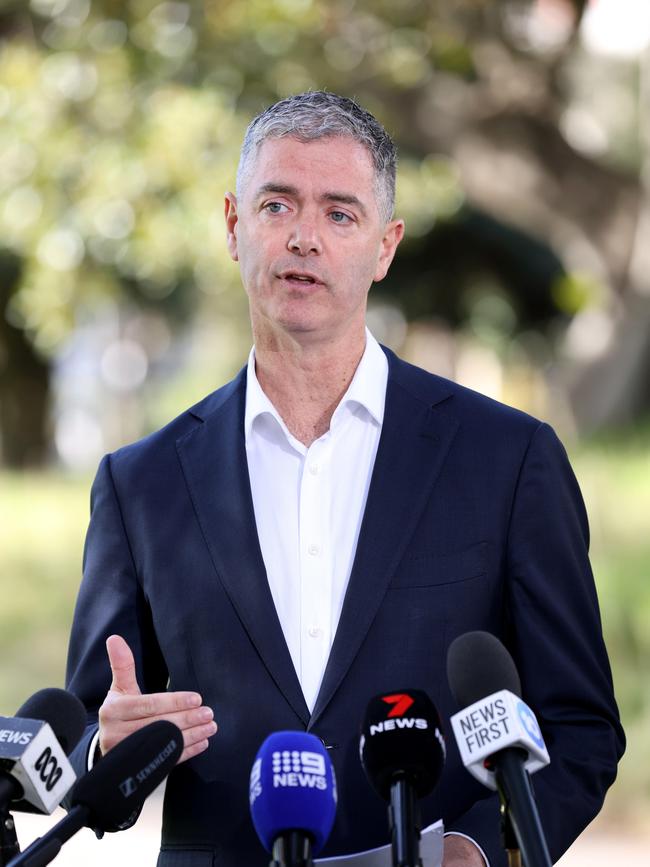
A review of Sydney’s tolls has been supported by several councils in Sydney’s west and southwest including in Fairfield where mayor Frank Carbone said local motorists are already paying through the roof to travel on the city’s road network.
“People in the west are paying higher tolls than the people in the north shore because they need to travel further and more often and that means they’re hit with multiple tolls and higher taxes in the fuel levy,” he said.
“People on the north shore should really suck it up and shut up because they’re not paying anywhere near as much as people in western Sydney.”
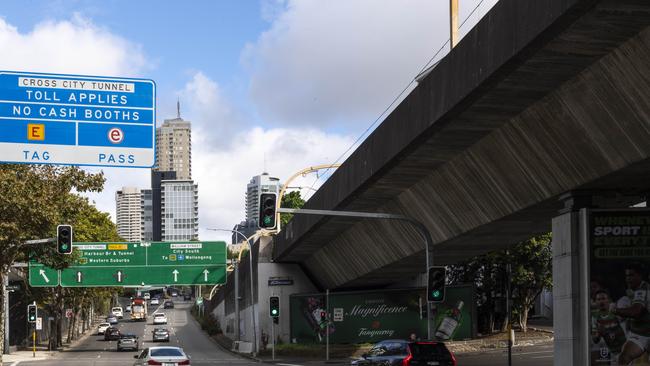
Mr Bendall has questioned the rationale for introducing further tolls on the Harbour Bridge – given the existing toll was introduced as a means to cover the bridge’s construction costs – a feat that was paid off in 1988.
He said the proposal for two-way tolls would also compound pain for north shore motorists in the wake of the Labor Government’s cancellation of the Beaches Link motorway tunnel which was partly aimed at diverting cars off the congested Military Rd corridor through Mosman.
NSW Roads Minister John Graham, in a statement responding to concerns over the recommendation, said the NSW Government was “considering” the outcomes of the review and that “no decision” on a two-way harbour toll had been made.
He also blamed the previous Coalition government for overseeing the delivery of multiple Sydney motorist projects such as WestConnex and NorthConnex in which tolls were introduced.
“The privatisation agenda of the former government and the huge toll burden it created hit western Sydney drivers the hardest – they have copped quarterly or annual toll increases while tolls on the Sydney Harbour Bridge and tunnel have increased once in 14 years,” he said.
The interim report found motorists in the Bringelly-Green Valley region currently spending the most in tolls each week.
The review found changes to Sydney tolls could result in charges becoming almost $5 cheaper per day for motorists travelling between Penrith or Parramatta and the CBD while trips from Campbelltown could fall by more than $13.
Other recommendations outlined in the review include a new “infrastructure charge” on certain trips that benefit expensive infrastructure components such as ventilated tunnels.





